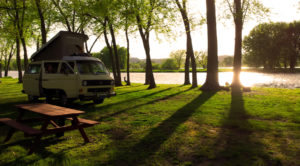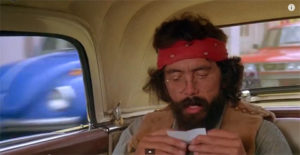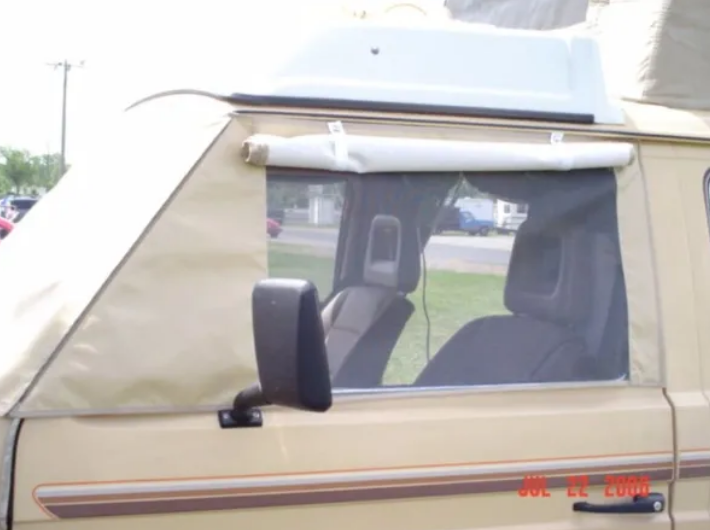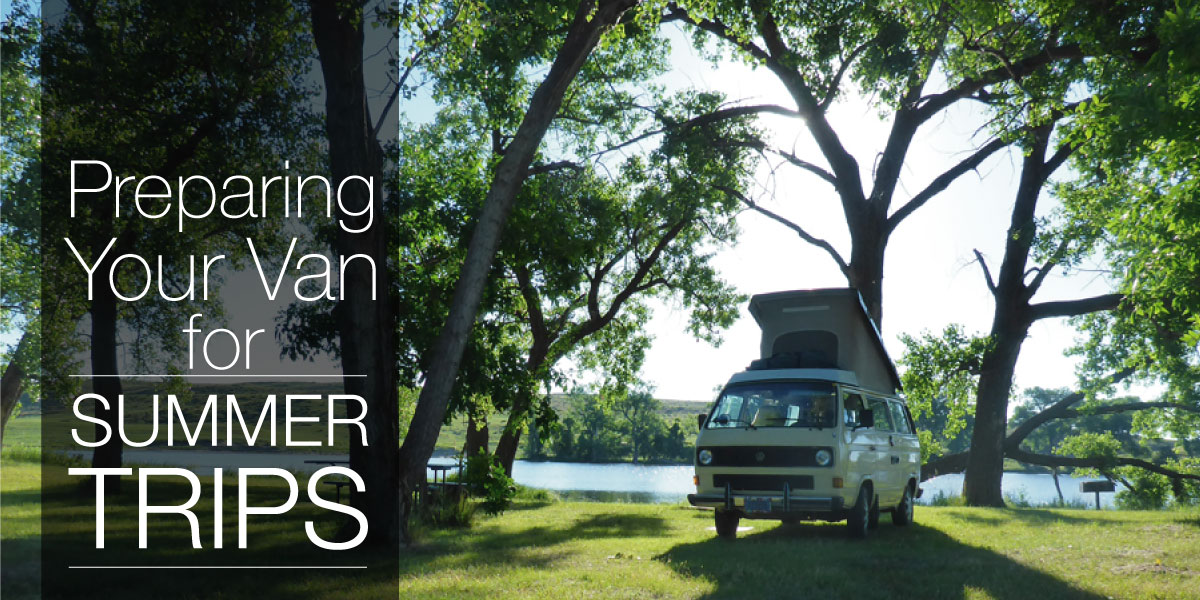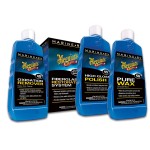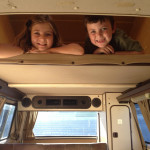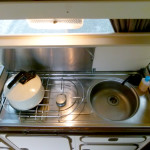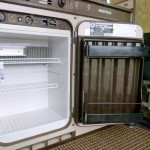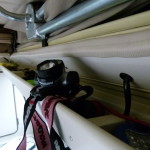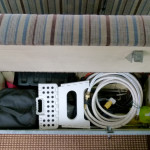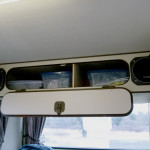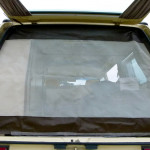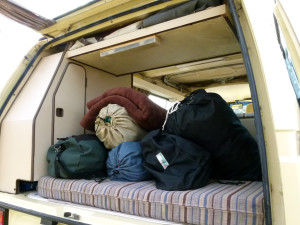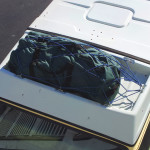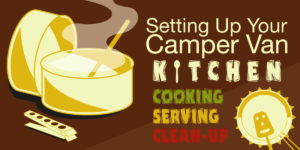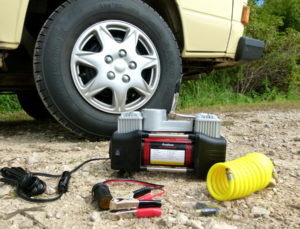How to put your Vanagon Westfalia Camper Van to bed for the winter or off-season
You’ve hopefully just completed a long happy summer of road tripping in your camper van, with all the memories and Facebook moments that come with it.
But if your van resides in the cold northern tier of snow, ice, or perpetually rainy days, and especially if it lives in one of the Rust Belt states which use copious quantities of vehicle-eating road salt, you’ll want to tuck your van safely away until next Spring.
Keep it Clean
Now is a great time to give your Westfalia a good cleaning, though some owners prefer to do it first thing in the Spring (see “Preparing Your Vanagon Westfalia for Summer”).
The onboard water tank should of course be emptied, rinsed, and well drained after each camping outing. But it’s also wise to give it an annual cleaning before or after off-season storage:
- Add 1/4 cup of household bleach to one gallon of water, and pour this mixture into the water tank, either through the exterior filler port or through the large cap on the top of the tank.
- Continue filling the tank with fresh water, then run the sink faucet until you can smell bleach-water at the faucet to indicate that the entire supply line is primed.
- Let it sit for at least 12 hours to fully sanitize the system, then drain the tank and re-fill with fresh water.
- Run the faucet again until bleach can no longer be smelled, then drain the tank.
Don’t Freeze Up
If you live in a region which experiences freezing temperatures, water left in your Westfalia’s supply line and sink drain trap can freeze and expand, damaging or cracking these components. To prevent this, use a commercially available Marine & RV Water System Antifreeze
(NOTE: This special RV Antifreeze is a non-toxic, food-grade formula and can safely be used in drinking water systems. Do NOT use standard automotive engine coolant antifreeze, which is poisonous.)
- Pour a half-gallon or so of the RV Antifreeze into the supply tank and run the faucet pump until you see the pink Antifreeze running down the drain.
- Drain the remaining Antifreeze from the tank (you can catch and save it back into the jug using a funnel).
- Leave the Antifreeze in the system all winter to protect your supply line and drain, then rinse thoroughly with fresh water in the Spring before using.
If you didn’t do so after your last camping trip, be sure to close the main shutoff valve on your LP tank.
If parking your camper van for several weeks during the winter, it’s a good idea to prevent fuel problems with a quality fuel stabilizer for your specific type of fuel: gasoline/petrol, or diesel. These additives will prevent corrosion from moisture and the build up of varnish. Diesel additives also help prevent bacteria, fungus and algae. If the formula you choose does not include a component to prevent fuel gelling or freezing, you can also include a fuel-line antifreeze for your specific type of fuel.
After pouring the additive(s) into your fuel tank, start and run the engine for a few minutes to ensure that it’s circulated throughout the fuel tank, lines, filters, and pump, then turn the engine off.
If you haven’t done so recently as part of your regular maintenance schedule, change your Vanagon’s motor oil and filter, to prevent accumulated moisture and acids from harming your engine internals.
Remove any supplies which are perishable or which can be damaged by freezing: canned goods or other food, etc..
Out, Mouse!
Remove anything from your camper van that may attract mice. For whatever reason, Vanagons are notoriously easily infiltrated by these vexing vermin, and you don’t want to invite them. Food, candy, snacks, even paper tissues, napkins, and other tempting nesting materials should be taken out of your Westfalia for the off season. You may even want to deploy mouse traps, or use cotton balls doused with peppermint oil throughout your van to repel them.
Get Charged Up
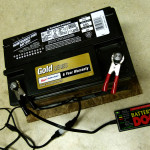 If your van will not be driven for more than 2-3 weeks, a trickle or maintenance charger should be used to keep the battery(s) near full charge state while parked, either in the van or indoors. A lead-acid automotive battery will generally discharge about one percent per day, even if not used. Add to this any parasitic battery drain from stereos, clocks, or other devices, and you can quickly ruin even a new battery.
If your van will not be driven for more than 2-3 weeks, a trickle or maintenance charger should be used to keep the battery(s) near full charge state while parked, either in the van or indoors. A lead-acid automotive battery will generally discharge about one percent per day, even if not used. Add to this any parasitic battery drain from stereos, clocks, or other devices, and you can quickly ruin even a new battery.
If parking your Vanagon for a couple of months during the winter it’s a good idea to remove the starting (and optional auxiliary) battery from the van each fall and bring them indoors. Use a quality automated maintenance charger to keep them topped up throughout the winter months.
Safety First
Check that your fire extinguisher’s pressure gauge is in the green, and turn it upside-down to give it a few hearty shakes to loosen any compacted agent powder.
Go Undercover
Park your Vanagon in a garage or beneath a carport during the off season, if possible. If not, there are still some things you can do to protect your van.
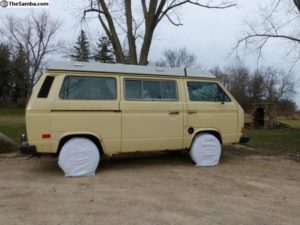 Many Vanagons are used only seasonally or for special trips, so their tires can age/degrade long before they are worn. Protect your Vanagon tires from the UV rays of the sun during the winter and between camping trips with easy-on, easy-off RV wheel covers. You’ll want covers which fit tires from 24-26.5” in overall diameter.
Many Vanagons are used only seasonally or for special trips, so their tires can age/degrade long before they are worn. Protect your Vanagon tires from the UV rays of the sun during the winter and between camping trips with easy-on, easy-off RV wheel covers. You’ll want covers which fit tires from 24-26.5” in overall diameter.
For all the same reasons and more, a quality full-vehicle cover for your Vanagon is important if stored outdoors. A good cover will protect your van’s paint, rubber window seals and plastic trim pieces, and even the interior upholstery from the sun’s harmful UV.
A good cover will help keep rain, snow, and airborne crud off your van while parked, but you should look for a cover made of a breathable fabric, so that moisture is not trapped beneath the cover where it can damage the paintwork.
 Van covers range in price and in material, with more expensive covers generally being more durable and breathable, and sometimes including additional features like door access zippers. With or without a cover, you should periodically open your Vanagon’s windows or doors on clear dry days to allow any accumulated humidity or moisture to vent, to prevent mold and mildew.
Van covers range in price and in material, with more expensive covers generally being more durable and breathable, and sometimes including additional features like door access zippers. With or without a cover, you should periodically open your Vanagon’s windows or doors on clear dry days to allow any accumulated humidity or moisture to vent, to prevent mold and mildew.
A special precaution is called for in the northern tier: keeping your van’s roof generally free of snow. It’s not easy to collect enough snow up there to damage the Vanagon or Westfalia roof structure, but accumulated snow and ice can create a cold thermal mass which will cause humidity inside the van to condense on the underside of the roof, just like a cold beer from the fridge. This moisture can lead to the growth of unhealthy and unsightly black mold or mildew inside your van roof, and even deteriorate the Westfalia canvas. So keep the snow off, and occasionally air it out.



